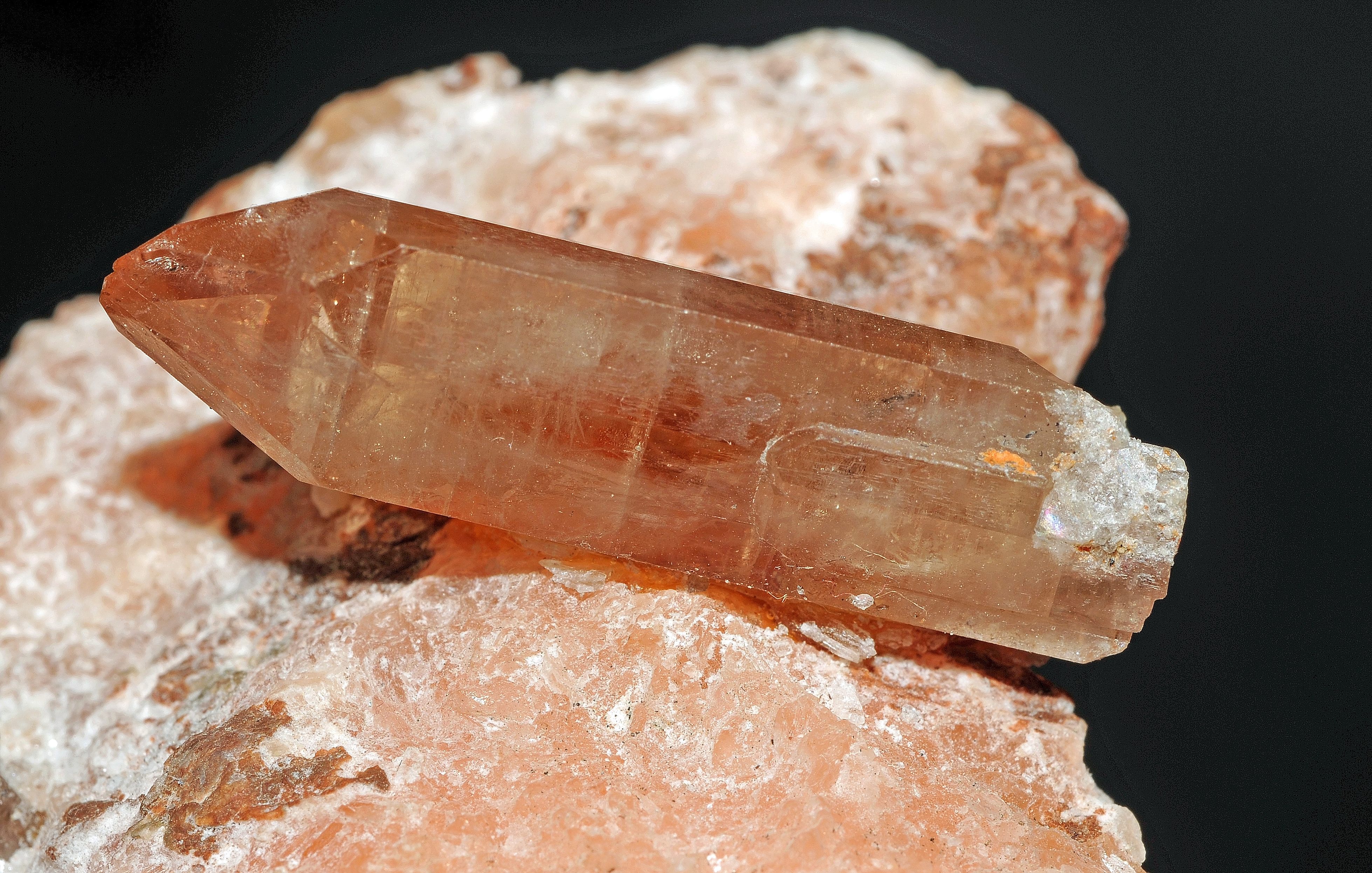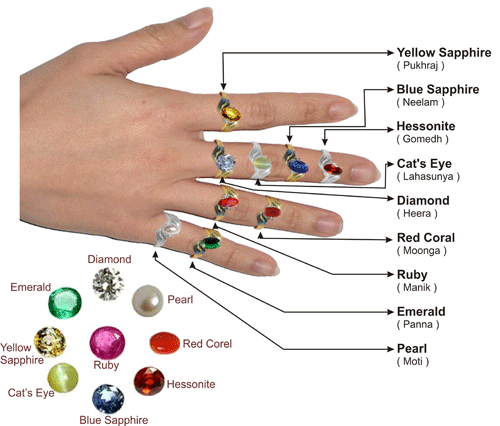Why the Man Who Popularized Birthstones in America Came to Loathe His Creation

A hunk of topaz, the birthstone of November. (Photo: Parent Géry/Wikimedia Commons)
As children, many Americans get introduced to the idea of birthstones—that the month of your birth corresponds to a special jewel. Some lucky people get diamonds (April). Others are stuck with the more pedestrian garnet (January) or the esoteric peridot (August). But while many know of the existence of these gems, it’s less clear why.
It turns out that birthstones are both an American invention and an ancient tradition.
In 1913, George Frederick Kunz, a vice president of Tiffany & Co., wrote the definitive book on gemstones and their folklore. In this book, he discussed the history of “natal stones” and people’s beliefs in their mystical powers.
Unfortunately, his work was more influential than he wanted. Later that year, a jewelers’ organization published an official list of 12 birthstones.
Even though his job was selling jewelry, Kunz felt that birthstones had a special allure that should be protected from commercial interests. “There is grave danger that the only true incentive to acquire birth-stones will be weakened and people will lose interest in them,” he wrote.

Zodiac sign/birthstone combo. (Photo: Akki1234singh/Wikimedia Commons)
Humans have been making jewelry from colored stones for at least 40,000 years, but the earliest claim on the origins of birthstones comes from the Jewish historian Josephus. In his book Antiquities of the Jews, written in the first century A.D., he described the ceremonial costume of Aaron, Moses’ older brother and the first high priest of the Hebrews. It was quite an outfit: over a linen tunic spun with gold threads and a floor-length tasseled robe, Aaron wore a bedazzled breastplate.
“Twelve stones were there also upon the breastplate, extraordinary in largeness and beauty,” Josephus wrote. The jewels were arranged in four rows and couched in gold settings. “The first three stones were a sardonyx, a topaz, and an emerald. The second row contained a carbuncle, a jasper, and a sapphire. The first of the third row was a ligure, then an amethyst, and the third an agate…the fourth row was a crysolite, the next was an onyx, and then a beryl.” Each stone bore the name of one of the 12 tribes of Israel, but Josephus added that they could just as easily represent the months of the year and the signs of the Greek zodiac.
The connection between precious stones and astrological signs continued into Europe’s dark ages, when Isidore, the Bishop of Seville, compiled his Etymologiae in the early 7th century. The immense encyclopedia laid out the bulk of human knowledge to that point in history (perhaps that’s why the Vatican declared Isidore the patron saint of the Internet), including the 12 gems associated with signs of the zodiac, a list nearly identical to the one Josephus described.
For the next thousand years, cultures in Europe and the Middle East used zodiacal gems as charms for casting spells, healing diseases and bringing good luck. Wealthy people might own the full set and only carry the one corresponding to the current astral sign, but there were exceptions. Kunz claimed that the Italian noblewoman Catherine de’Medici wore a girdle embedded with 12 enormous gems bearing “talismanic designs.”

A portrait of Catherine de’Medici before she stopped wearing jewels in favor of mourning dress. (Photo: François Clouet)
In the late 19th century, immigrants brought sets of zodiacal gems with them to America. At the time, there were few American jewelers and most consumers knew little about gemstones or their lore, said Robert Weldon, a gemstone expert at the Gemological Institute of America. “This was a relatively new culture that didn’t have a gemological tradition,” Weldon said, so many consumers associated the stones with the months of the year.
Tiffany & Co. sensed a marketing opportunity. The company published a pamphlet about natal stones, written by Kunz, with vignettes describing the qualities they transfer to the wearer. “Who first beholds the light of day, in spring’s sweet flowery month of May, and wears an Emerald all her life, shall be a loved and happy wife,” Kunz predicted. Others got a warning. “Wear a Sardonyx or for thee, no conjugal felicity, the August-born without this stone, ‘tis said must live unloved and lone.”
The company occasionally added or replaced gems that were difficult to obtain or expensive. In 1912, the National Association of Jewelers called for an official birthstone array, leading to the list that Kunz so loathed. The selections weathered style trends with only handful of additions to bring us to today’s list:
January (Garnet)
February (Amethyst)
March (Aquamarine)
April (Diamond)
May (Emerald)
June (Pearl, Alexandrite)
July (Ruby)
August (Peridot)
September (Sapphire)
October (Opal, Tourmaline)
November (Topaz, Citrine)
December (Turquoise, Zircon, Tanzanite)
As for Kunz’s prediction, it did not come true. American interest in birthstones remains strong over 100 years after his book. “Colored gemstones are very, very popular right now,” says Doug Hucker, C.E.O. of American Gem Trade Association, an industry group. Hucker attributes their prominence to the trend in fashion for clothing, accessories, shoes and jewelry in matching hues. And while birthstones like diamonds and rubies will always be in style, jewelers are selling a wider variety of gems in birthstone colors—like Tanzanite, a deep blue sparkler that was designated an alternative birthstone for December in 2002.
“What is remarkable is the consistency in the stones for more than 2,000 years,” Weldon said. “People want to believe in something that was believed by the ancients. Why mess with it?”









Follow us on Twitter to get the latest on the world's hidden wonders.
Like us on Facebook to get the latest on the world's hidden wonders.
Follow us on Twitter Like us on Facebook